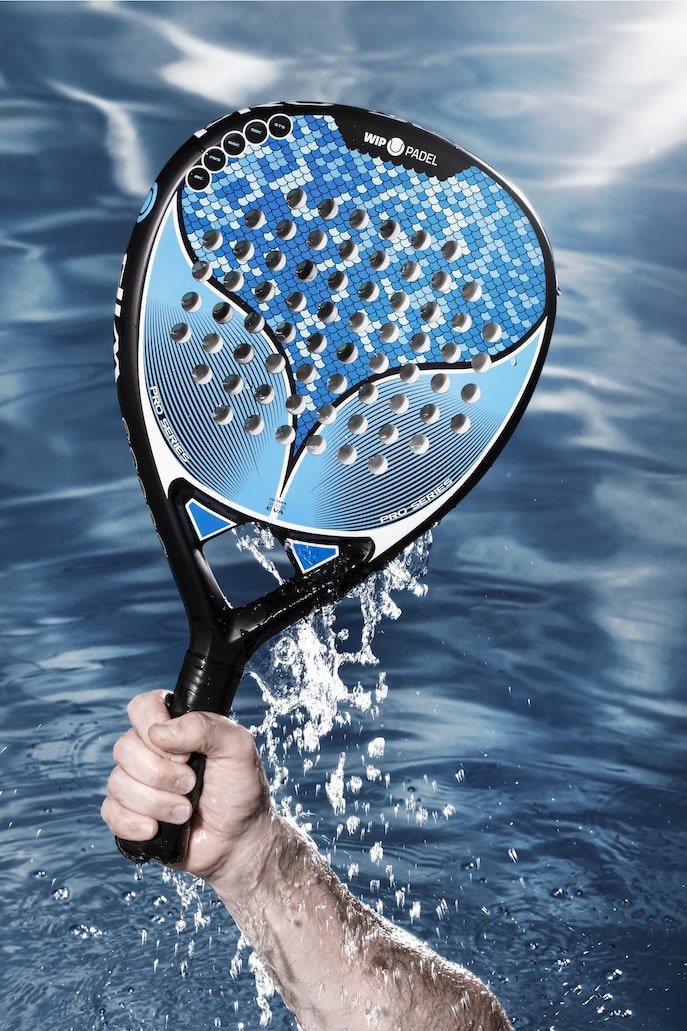Discover the Thrilling World of Paddle e Padel: Unraveling the Key Differences and Craft Your Winning Strategy
4 min read
Discover the Thrilling World of Paddle e Padel: Unraveling the Key Differences and Craft Your Winning Strategy
Are you ready to embark on an exciting journey into the world of paddle e padel? Step onto the court, grab your racquet, and let’s dive into the exhilarating game that has captivated players around the globe! Whether you’re new to the sport or a seasoned player looking to up your game, this article is your ultimate guide to understanding the key differences between paddle and padel, and crafting a winning strategy that will leave your opponents in awe. So, let’s get started!
Demystifying the Differences Between Paddle e Padel
Before we delve into the intricacies of paddle e padel, let’s clarify the fundamental distinctions between these two closely related sports. Paddle and padel are both played on a court enclosed by walls, but that’s where the similarities end. Paddle, also known as platform tennis, originated in the United States and is typically played outdoors on a raised platform, with screens surrounding the court and heaters installed to melt the snow during winter months.
On the other hand, padel was introduced in Mexico and eventually made its way to Europe, where it gained immense popularity. Unlike paddle, padel is played on a court with glass walls and a solid surface. The smaller court dimensions and unique aspect of allowing the ball to hit off the walls make padel an intriguing mix of tennis and squash, creating a fast-paced and strategic game that’s truly addictive.
Mastering the Art of Padel
Now that you have a basic understanding of the differences, let’s focus on padel, a game that is taking the sporting world by storm. Padel is beginner-friendly, making it an excellent choice for those new to racket sports. The smaller court size and the fact that the ball doesn’t bounce as high as in tennis allows players to participate in exhilarating rallies from the get-go.
One of the key aspects of padel is strategy. Since the ball can bounce off the surrounding walls, players must strategically position themselves to anticipate and return shots effectively. This adds an extra element of excitement to the game, as it becomes vital to control the ball and predict its trajectory after bouncing off the walls.
Serving is also crucial in padel. Unlike in tennis, where you serve overhand, in padel, the serve must be performed underhand. This unique serve style adds an interesting twist and challenges players to hone their serving skills and placement. Mastering a good serve will give you a significant advantage on the court, so be sure to practice it!
Crushing the Competition in Paddle
Paddle, a variant of the traditional tennis game, offers a remarkable blend of power and finesse. Played on a slightly raised court, paddle certainly has its own set of intricacies that are worth exploring.
One of the most notable aspects of paddle is the use of solid walls instead of screens. These walls come into play during the game, as players can use them to their advantage by executing skillful shots that rebound off the walls, catching your opponents off guard. Precision and control are key when playing paddle, as you must be able to hit the ball cleanly and use the walls strategically to gain an edge over your opponents.
In paddle, teamwork also plays a crucial role. It is often played as a doubles game, where communication and coordination between partners are vital. Understanding your partner’s strengths and weaknesses, anticipating their moves, and providing support when needed can elevate your performance and lead to victory.
Crafting Your Winning Strategy
Now that you know the basics of paddle e padel and the unique features that set them apart, let’s explore some strategies that will help you dominate the court:
- Master control and placement: In both paddle and padel, precision is key. Focus on hitting clean and accurate shots to keep your opponents on their toes. Aim for the corners of the court and use the walls strategically to surprise your opponents.
- Adaptability: Both paddle and padel require quick thinking and adaptability. Be prepared to adjust your strategy based on your opponent’s style of play. Study their weaknesses and exploit them to gain an upper hand.
- Effective serving: Work on perfecting your serve. In padel, a good underhand serve placement can put your opponents in a difficult position from the start. In paddle, don’t be afraid to mix up your serves to keep your opponents guessing.
- Teamwork: If you’re playing doubles, effective communication and coordination with your partner are vital. Develop a solid understanding of each other’s strengths and weaknesses and utilize that knowledge to devise winning tactics on the court.
With these strategies in your arsenal, you’re ready to conquer the world of paddle e padel and enjoy the thrilling experiences they offer. Remember, practice makes perfect, so grab your racquet, gather your friends, and immerse yourself in the fascinating world of paddle and padel. See you on the court!







